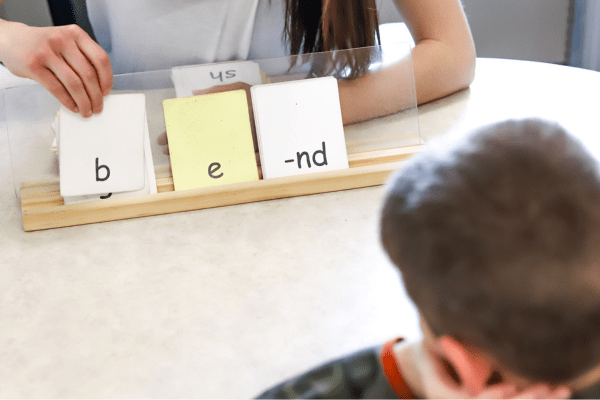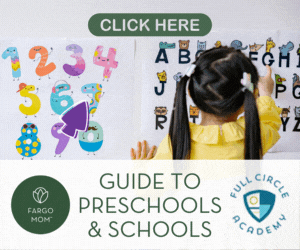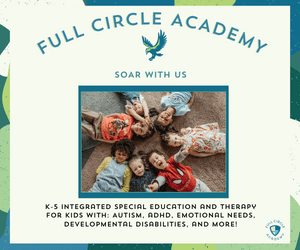Have a child that struggles with reading?

As parents, we all want what’s best for our children’s health and their learning. So, it comes as no surprise to hear that vision and reading go hand-in-hand. In order to read well, children need to see well. But even for a child with 20/20 vision, there is more to vision than just how well they see. It is estimated that 15-20% of kids struggle with reading due to poor functional vision skills.
What is Functional Vision?
Functional Vision describes how your entire visual system (eyes, visual pathway, and areas of the brain) work together to understand your surroundings. Even if you have 20/20 vision, there are many areas of vision that come into play when a child processes the information they see. For example, things like their ability to focus, eye tracking, eye range of motion, visual processing speed, and their ability to integrate vision with other senses are all part of their functional vision.
And sometimes, the brain has a tough time processing what it sees.
How Do I Know My Child Struggles with Functional Vision?
So, your child has been evaluated for vision and everything came out clear. But, your child is still struggling with reading.
Here are some common concerns we see with children who struggle with functional vision.
- Holds items close to their face.
- Rubs their eyes or eyes are watering when reading.
- Squints or closes one eye when reading.
- History of vision concerns in the family.
- Receives additional reading services at school.
- Finds reading stressful/slow reader.
- Words appear to be swimming on the page or skipping words when reading.
- Eyes hurt or headaches during reading/homework.
- Continue to use their finger to keep place when reading or turns their head when reading.
- One eye is turned in or out.
Functional Vision vs. Literacy Issue – What’s the Difference?
It can be confusing to know whether a child struggles with literacy (i.e. their ability to sound out words) or their functional vision. When a child has difficulty in either of these areas, they can look similar.
Here are some differences you may see:
- Literacy issues will present as difficulties in making the connection between sounds and letters. For example, a child may struggle consistently to read the /sh/ sound, or they may struggle to choose the accurate letter that matches the vowel sound /a/.
- Literacy issues can also present in additional areas, such as spelling, reading comprehension, and writing.
- Functional vision issues may also be associated with poor body awareness (poor balance, difficulty sitting still or with attention), poor coordination (difficulty copying from the board and poor handwriting), and motion sickness (getting car sick).

I’m Concerned About My Child’s Vision/Reading – What’s Next?
Getting a free screening at Beyond Boundaries Therapy & Wellness to further determine your child’s needs is a great first step. Then, putting together a team to best support your child can come next.
At Beyond Boundaries, there are therapists who specialize in reading and vision! They offer Speech Language Therapy, a Literacy Program, a Literacy Tutoring Program, and Occupational Therapy. All these services work together to increase the child’s skills in both reading and vision. Plus, therapists work closely with developmental optometrists to ensure your child is getting the support they need with multiple aspects of their vision.
What Does Therapy Look Like?
Using a blend of occupational therapy, speech language therapy, and literacy tutoring, the programs at Beyond Boundaries are designed to:
- Improve vision-related reading, writing, spelling and math skills, as well as other learning problems.
- Improve attention, the ability to stay seated and stay on task in the classroom.
- Alleviate visual stress headaches and improve endurance for reading.
- Improve early reflexes that are related to visual function (reflex integration).
- Enhance sports performance.

How Long Will Therapy Take?
The length of time a child is in therapy will vary based on their age, their level of reading and spelling, and their motivation in sessions. Your child’s therapist will go at their unique pace, and work with them to reach the milestones on their own time.
About Beyond Boundaries Therapy & Wellness
The therapy team at Beyond Boundaries is ready to help you and your child with their unique needs. They are committed to providing your family a passion-filled therapy experience to help your child meet their specific goals.
To schedule a free screening to see if your child is ready for services, visit www.beyondboundaries.us/free-screening or call 701-356-0062.
















